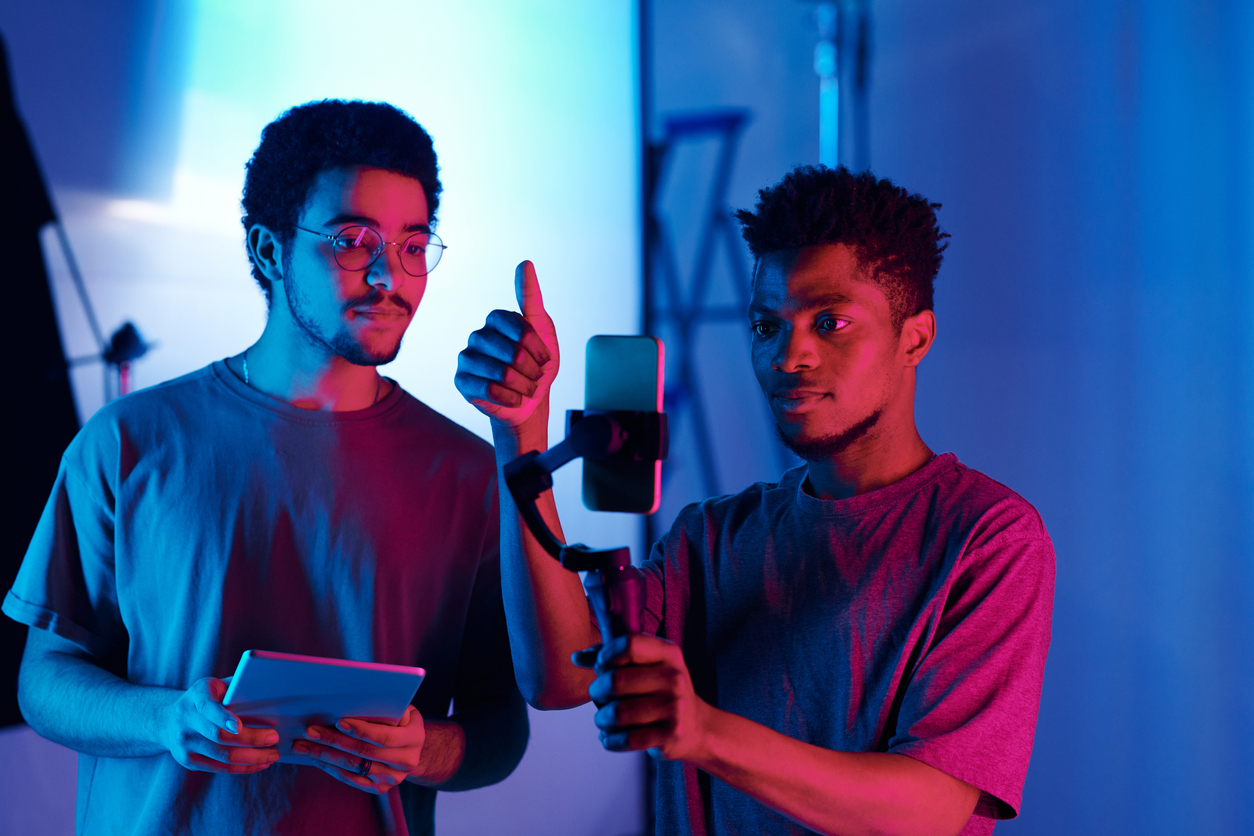Virtual product placement poised for continued growth in 2024

Virtual product placement is poised for continued growth in 2024, with several potential areas of expansion. Here are some key areas to watch for:
LiveStreaming Platforms:
As live streaming gains even more popularity, integrating virtual product placement in real-time becomes a lucrative opportunity. Brands can seamlessly insert products into live broadcasts, enhancing engagement and providing a dynamic advertising avenue.
AugmentedReality (AR) Integration:
With the advancement of AR technologies, virtual product placement can extend beyond traditional video content. AR applications and experiences can incorporate branded products into the user's real-world environment, creating interactive and immersive advertising experiences.
E-CommerceIntegration:
Virtual product placement within e-commerce platforms is a natural progression. As consumers browse products online, brands can leverage AI-driven technologies to showcase their offerings within the virtual shopping experience, enhancing product visibility and influencing purchasing decisions.
GamingEnvironments:
In-game advertising is already a growing trend, and virtual product placement can seamlessly integrate brands into gaming environments. This includes not only static placements but also dynamic interactions with virtual products, providing a new dimension to in-game advertising.
Personalized and Dynamic Insertions:
AI advancements will enable more personalized and dynamic virtual product insertions. Advertisers can tailor placements based on user preferences, demographics, and real-time data, ensuring that the virtual products align with individual consumer interests.
Cross-PlatformIntegration:
Virtual product placement will likely expand its reach across various digital platforms, including social media, streaming services, and mobile applications. Brands can create cohesive campaigns by integrating virtual products consistently across multiple platforms, maximizing exposure and impact.
AI-GeneratedContent and Deep Learning:
Enhanced AI capabilities, including deep learning, can further refine the integration of virtual products. This means more realistic and contextually relevant placements, as AI systems gain a better understanding of the content, audience,and optimal moments for brand insertion as well as the ability to render more realism, faster.
Measurable Analytics and Metrics:
The demand for comprehensive analytics and measurable metrics will drive growth. Advertisers will seek robust data on the effectiveness of virtual product placements, including engagement rates, viewer interactions, and impact on brand awareness and purchase intent.
Integration with 3D and Holographic Technologies:
Advancements in 3D and holographic technologies will open up new possibilities for virtual product placement. Brands can explore innovative ways to showcase products in three-dimensional space, creating captivating and futuristic advertising experiences.
Sustainability and Social Responsibility Focus:
Virtual product placement can align with growing consumer preferences for sustainable and socially responsible practices. Brands can use virtual placements to highlight eco-friendly products or initiatives, contributing to a positive brand image and resonating with socially conscious audiences.
The growth of virtual product placement in 2024 is expected to be driven by technological advancements, increased personalization, and the integration of virtual products into diverse digital landscapes. As advertisers explore these opportunities, the landscape of virtual product placement is likely to evolve and offer exciting new possibilities for engaging and effective brand promotion.


